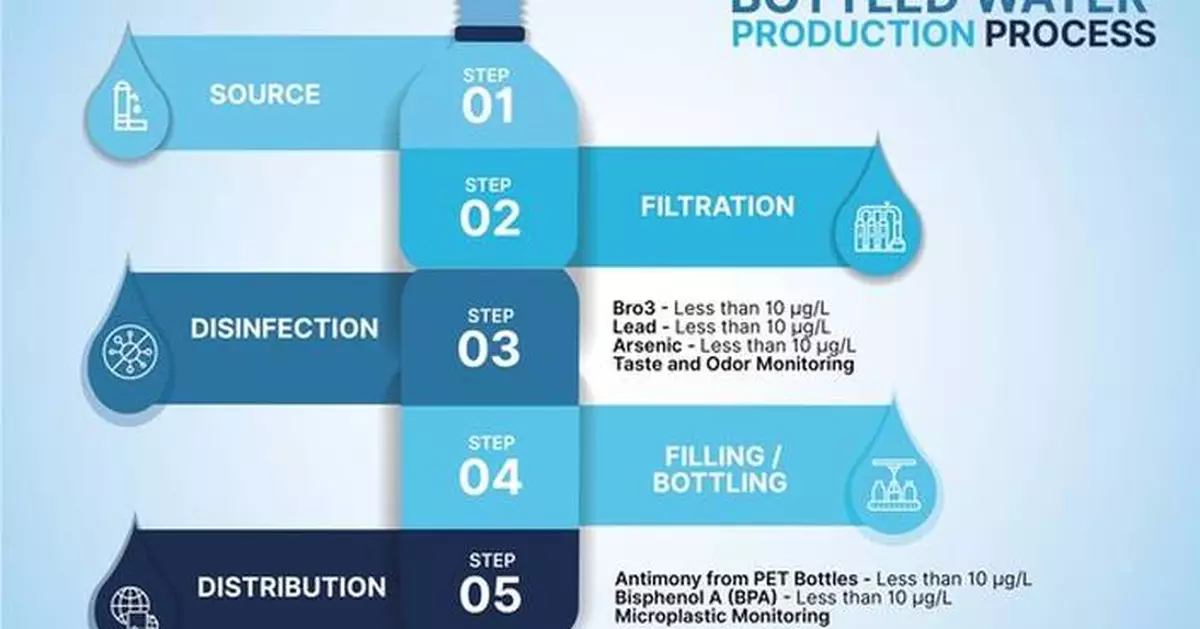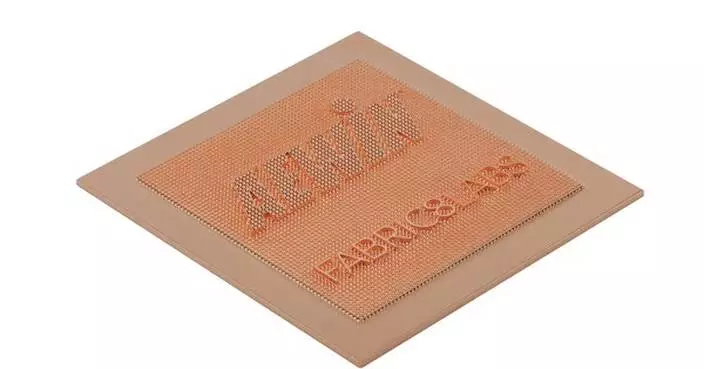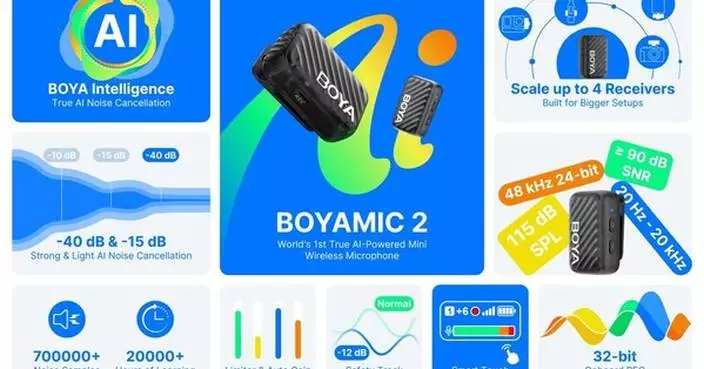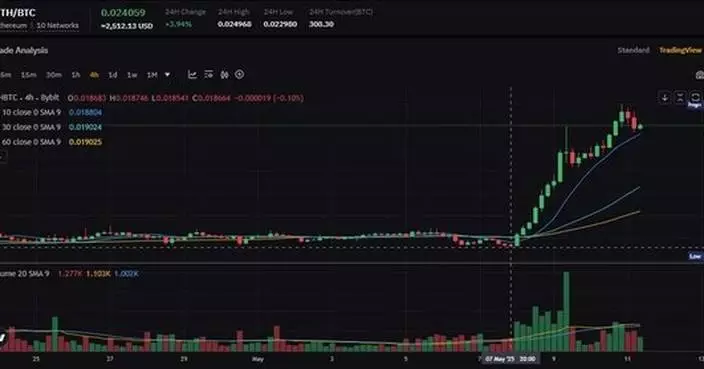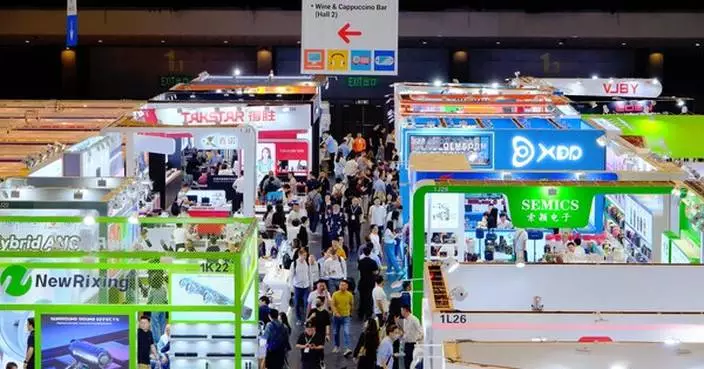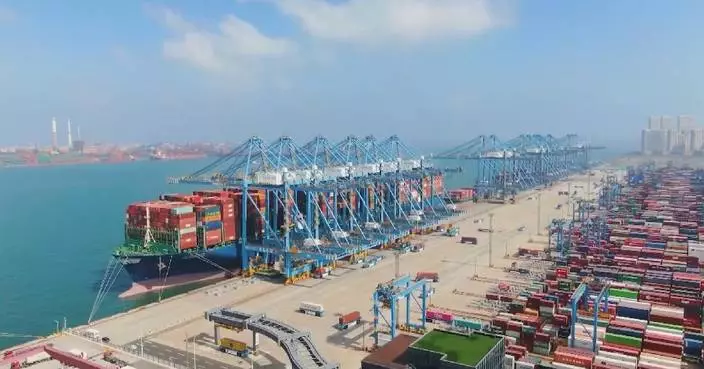JAKARTA, Indonesia, Sept. 3, 2024 /PRNewswire/ -- NGO Sirkadian, focusing on public health and environmental advocacy, recently discussed with Prof. Yuni K. Krisnandi, M.Sc., Ph.D., an inorganic chemistry expert and a member of the Royal Society of Chemistry, the growing concerns over the health risks of bottled water consumption. Prof. Yuni highlighted hidden dangers in bottled water that could have long-term public health impacts, stressing the urgent need for stricter government supervision and increased public awareness.
Clean drinking water is essential for health, supporting digestion, circulation, temperature regulation, and waste removal. With rising concerns over water safety, global bottled water consumption is projected to surge from 232 billion liters in 2011 to 513 billion liters by 2025.
However, the bottled water industry presents hidden risks. Water sourced from springs, wells, or municipal supplies undergoes purification through reverse osmosis, UV treatment, and ozonation. Despite these processes, significant health concerns persist.
Bisphenol A (BPA), found in plastic packaging, is linked to hormonal disruptions, reproductive issues, and heart disease. The World Health Organization (WHO) advises caution with BPA, recommending BPA-free options but not enforcing strict limits in bottled water. Additionally, microplastics—tiny fragments less than 5 millimeters in size—pose another concern. These particles, which do not biodegrade, can lead to cardiovascular issues, inflammation, and cellular damage.
A more pressing issue is bromate, a carcinogen that forms during ozonation—a common water sterilization process. Unlike BPA, bromate contaminates the water itself and poses significant health risks, including kidney damage. The WHO advises keeping bromate levels below 0.01 mg/L, yet this regulation is not enforced in many countries. Recent recalls, like the 2023 U.S. FDA action on Zephyrhills bottles and Saudi Arabia's 2019 warning on Amana water, highlight the seriousness of bromate contamination.
Although the Philippines has a regulatory framework for bottled water, enforcement challenges persist. The Food and Drug Administration (FDA) and the Department of Health (DOH) strive to align with WHO standards, yet risks like bromate continue to pose significant health threats.
Bottled water's clarity can be deceptive. Bromate forms when naturally occurring bromide in water reacts with ozone during disinfection. While this process eliminates pathogens, it also creates bromate, a potential carcinogen. The WHO recommends limiting bromate to 10 micrograms per liter, but it remains a hidden threat in supposedly safe bottled water.
"If bromate is found in bottled drinking water, it's usually due to one of two reasons: naturally occurring bromide or Br- anions in the water, which react with ozone (O3) during ozonization or sterilization," explained Prof. Yuni K. Krisnandi.
These concerns underscore the urgent need for stricter monitoring and regulatory measures to ensure bottled water safety. As global consumption rises, health risks demand vigilance from both consumers and corporations. Regulatory bodies must enforce tighter quality control to prevent contamination and protect public health. Ensuring safe drinking water is crucial for the well-being of current and future generations.
** The press release content is from PR Newswire. Bastille Post is not involved in its creation. **
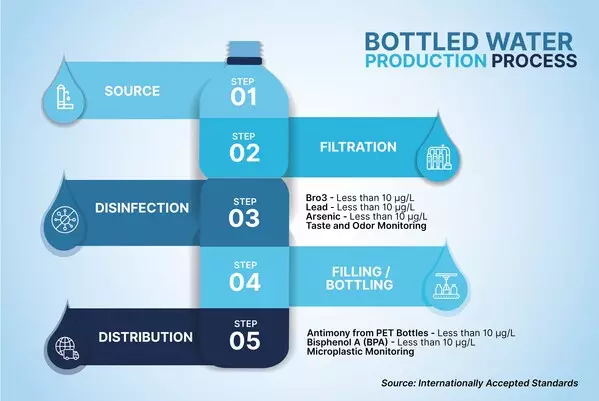
Ensuring Safe Drinking Water: A Closer Look at the Hidden Risks in Bottled Water
SAN JOSE, Calif., May 14, 2025 /PRNewswire/ -- Super Micro Computer, Inc. (SMCI), a Total IT Solution Provider for AI/ML, HPC, Cloud, Storage, and 5G/Edge, is announcing several improvements to its Direct Liquid Cooling (DLC) solution that incorporate new technologies for cooling various server components, accommodate warmer liquid inflow temperatures, and introduce innovative mechanical designs that enhance AI per watt. The Supermicro DLC-2 solution reduces data center power consumption by up to 40% compared to air-cooled installations. These advanced technologies enable faster deployment and reduced time-to-online for cutting-edge liquid-cooled AI infrastructure. Additionally, the total cost of ownership decreases by up to 20%. The comprehensive cold plate coverage of components allows for lower fan speeds and fewer required fans, significantly reducing data center noise levels to approximately 50dB.
"With the expected demand for liquid-cooled data centers rising to 30% of all installations, we realized that current technologies were insufficient to cool these new AI-optimized systems," said Charles Liang, president and CEO of Supermicro. "Supermicro continues to remain committed to innovation, green computing, and improving the future of AI, by significantly reducing data center power and water consumption, noise, and space. Our latest liquid-cooling innovation, DLC-2, saves data center electricity costs by up to 40%."
For more information, please visit www.supermicro.com/liquid-cooling
Supermicro aims to save 20% of data center costs and apply DLC-2 innovations as part of data center building block solutions to make liquid-cooling more broadly available and accessible.
A significant component of the new liquid-cooling architecture is a GPU-optimized Supermicro server, which includes eight NVIDIA Blackwell GPUs and two Intel® Xeon® 6 CPUs, all in just 4U of rack height. This system is designed to support increased supply coolant temperatures. This unique and optimized design incorporates cold plates for CPUs, GPUs, memory, PCIe switches, and voltage regulators. This design reduces the need for high-speed fans and rear-door heat exchangers, thereby lowering cooling costs for the data center.
The new Supermicro DLC-2 solution stack supports the new 4U front I/O NVIDIA HGXâ„¢ B200 8-GPU system, and the in-rack Coolant Distribution Unit (CDU) has an increased capacity of removing 250kW of heat generated per rack. The Supermicro DLC-2 solution also utilizes vertical coolant distribution manifolds (CDMs) to remove hot liquid and return cooler liquid to the servers for the entire rack. The reduced rack space requirements enables more servers to be installed, increasing computing density per unit of floor space. The vertical CDM is available in various sizes, precisely matching the number of servers installed in the rack. The entire DLC-2 solution stack is fully integrated with Supermicro SuperCloud Composer® software for data center-level management and infrastructure orchestration.
The efficient liquid circulation and nearly full liquid-cooling heat capture coverage, at up to 98% per server rack, allow for an increase in the inlet liquid temperature at up to 45°C. The higher inlet temperature eliminates the need for chilled water, chiller compressor equipment cost, and additional power usage, saving up to 40% of data center water consumption.
Combined with liquid-cooled server racks and clusters, DLC-2 also offers hybrid cooling towers as well as water towers as part of data center building blocks. The hybrid cooling towers combine the features of standard dry and water towers into a single design. This is especially beneficial in data center locations with strong seasonal temperature variation to reduce usage of resources and costs further.
Supermicro serves as a comprehensive one-stop solution provider with global manufacturing scale, delivering data center-level solution design, liquid-cooling technologies, networking, cabling, a full data center management software suite, L11 and L12 solution validation, onsite deployment, and professional service and support. With production facilities across San Jose, Europe, and Asia, Supermicro offers unmatched manufacturing capacity for liquid-cooled rack systems. This ensures timely delivery, reduced total cost of ownership (TCO), and consistent quality.
About Super Micro Computer, Inc.
Supermicro (NASDAQ: SMCI) is a global leader in Application-Optimized Total IT Solutions. Founded and operating in San Jose, California, Supermicro is committed to delivering first-to-market innovation for Enterprise, Cloud, AI, and 5G Telco/Edge IT Infrastructure. We are a Total IT Solutions provider with server, AI, storage, IoT, switch systems, software, and support services. Supermicro's motherboard, power, and chassis design expertise further enables our development and production, enabling next-generation innovation from cloud to edge for our global customers. Our products are designed and manufactured in-house (in the US, Asia, and the Netherlands), leveraging global operations for scale and efficiency and optimized to improve TCO and reduce environmental impact (Green Computing). The award-winning portfolio of Server Building Block Solutions® allows customers to optimize for their exact workload and application by selecting from a broad family of systems built from our flexible and reusable building blocks that support a comprehensive set of form factors, processors, memory, GPUs, storage, networking, power, and cooling solutions (air-conditioned, free air cooling or liquid cooling).
Supermicro, Server Building Block Solutions, and We Keep IT Green are trademarks and/or registered trademarks of Super Micro Computer, Inc.
All other brands, names, and trademarks are the property of their respective owners.
** The press release content is from PR Newswire. Bastille Post is not involved in its creation. **
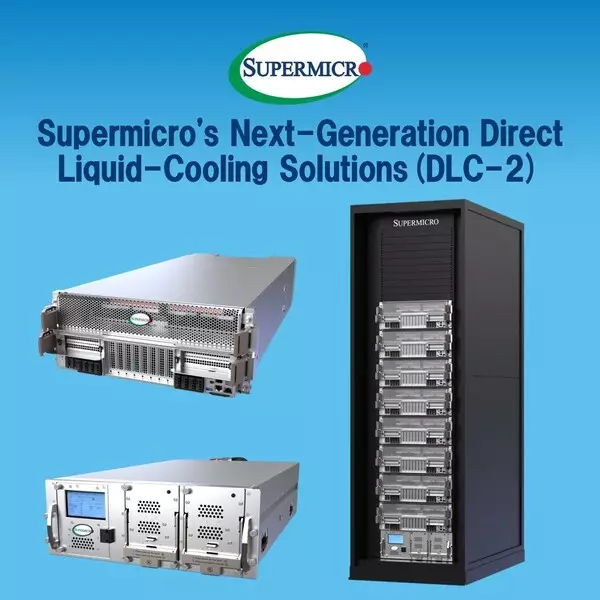
Supermicro's DLC-2, the Next Generation Direct Liquid-Cooling Solutions, Aims to Reduce Data Center Power, Water, Noise, and Space, Saving on Electricity Cost by up to 40%, and Lowering TCO by up to 20%



